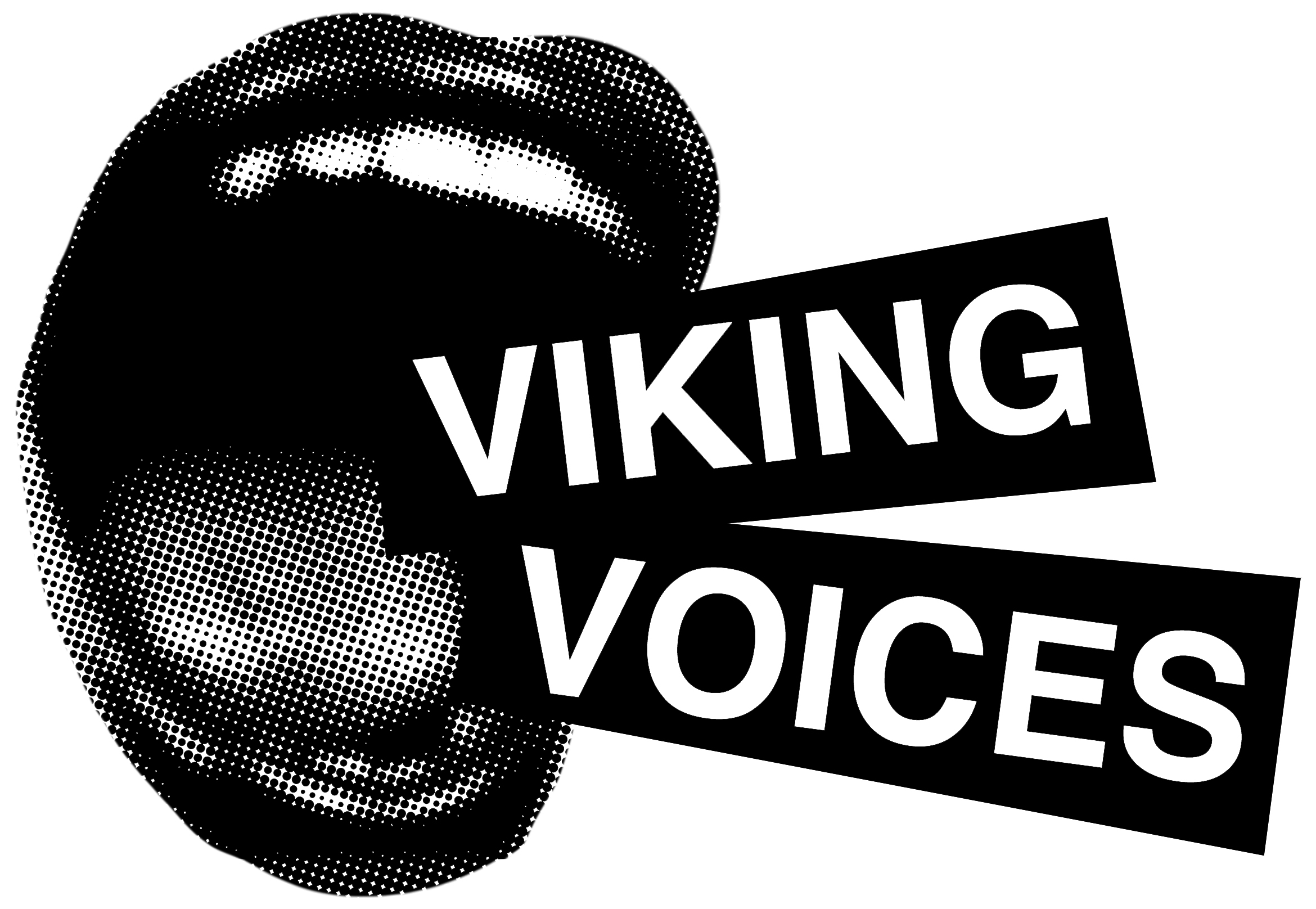As I write this, it is currently one day before election night. I do not know who is going to win, and I am actually quite worn out from writing and thinking about politics. This is a very controversial time electorally though, and so I can’t really escape it.
I don’t even want to escape it. I think being educated about politics and following it on any level is fundamentally important. Not to mention that I—a Latino person—have been essentially forced to engage with politics since Donald Trump made hating Mexicans a cornerstone of his first successful presidential campaign. However, as the Editor of the Opinion section—who is continuously forced to dredge the recesses of their mind for the sludgy residue that is an opinion article—I demand some space to write something more lighthearted.
In Maine, amongst all the local state ordinances being voted on, is “Question 5, State Flag Referendum.” This referendum is on changing their state flag from the standard “Seal on a Bedsheet” design to a flag more unique and representative of Maine as a whole.
This follows a trend that has swept through many states, such as Mississippi, Utah, Minnesota and Georgia which seek to swap the standard state flag design—the state’s official seal on a blue or white background—to more unique and modernized designs. Maine’s new flag design is based off of the first flag of Maine in use from 1901 to 1909. It consists of a cream colored background, a blue star in the top left corner representing the north star, and a pine tree.
The first flag to change in this wave was Georgia, in 2001. The previous flag had the Confederate Battle Flag as part of the design, widely recognized as a hate symbol. Through a series of referendums, the flag was modified to remove the Battle Flag and do away with any overt Confederate imagery to create a more inclusive flag. Mississippi was next—in 2020—with the exact same problem.
The battle over the Mississippi was even more contentious in the era of George Floyd. The new flag for Mississippi—changed also by referendum—did more than just remove the Confederate flag from its design, however. It was a complete revamp—a design that includes multiple regional symbols such as a magnolia serving as the centerpiece. It is surrounded by 21 stars—meant to represent its status as the 21st state in the Union. The topmost star—colored orange and made up of five diamonds—is meant to represent the Indigenous people of Mississippi. The bottom of the centerpiece reads “In God We Trust.”
These flag redesigns are simultaneously less hateful and more representative of the states that they fly over. They’ve been met with mostly positive acclaim and widespread adoption from the people who live in the areas. Afterward, other states followed suit.
Both Utah and Minnesota’s flag redesigns replaced their traditional, boring, seal-on-bedsheet design. Utah’s includes interesting symbolism—a beehive in the center to represent industry and the state’s Mormon population. The jaggedness of the center stripe represents the snowy peaks of its mountains—famous for skiing.
I am, broadly, in favor of states updating their flags. I think that the current flags that represent—say, Oregon—are indistinct and muddled into a vague mass of different blue shades when shown alongside each other. Creating new flags that not only better represent a state’s heritage and culture but are also more visually appealing would help people feel a deeper connection and pride with that state. Regional identities in the U.S. are hard to maintain as it is and are made all the more difficult to maintain when states and regions are devoid of good, interesting symbolism.
Furthermore, new state flags are low-stakes and rarely polarized issues when it comes to state governance. Outside of Mississippi and Georgia—whose flag referendums were quite contentious—most of the issues around other flag redesigns come mostly down to cost. The question of whether or not it’s financially worth the cost to replace the flags on city hall or the state capitol is the most controversial part about most of these referendums.
A low stakes but fundamentally meaningful referendum is a good way to get people to look at a ballot they might otherwise have skipped. During that process, they might even check off a few other boxes as well.






